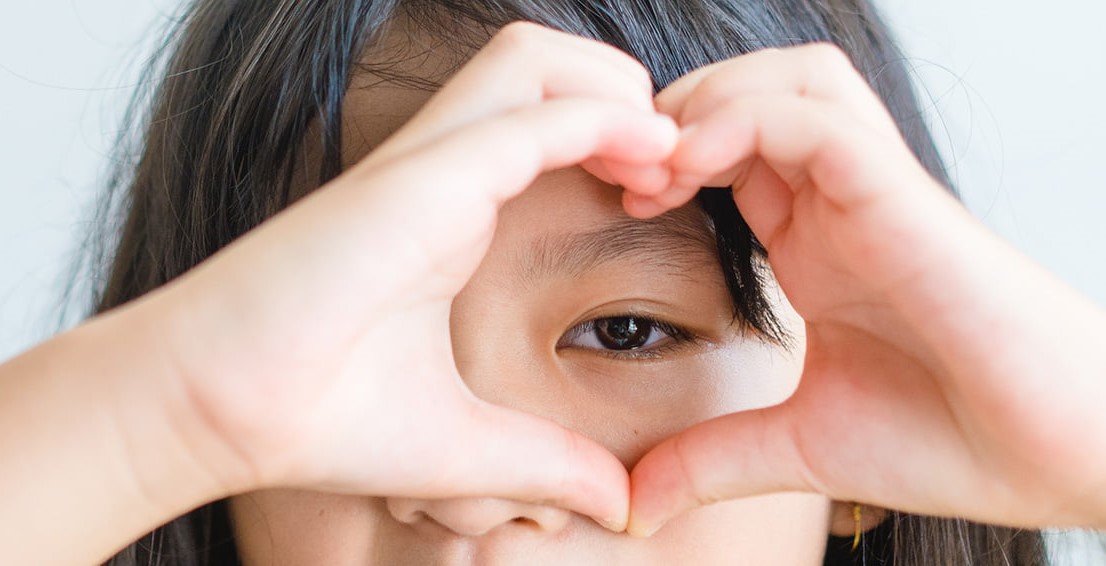Helping Your Child See Their World Clearly
Amblyopia, commonly referred to as lazy eye, is one of the most common causes of vision problems in children. It occurs when one eye develops weaker vision than the other, not due to any structural defect but because the brain starts to favour one eye over the other.
At London Eye & Retina, we believe early detection is the key to better outcomes. With timely screening and individualised care, many children with amblyopia can go on to enjoy healthy visual development.
What Is Amblyopia?
Amblyopia happens when the brain and one eye don’t work well together. Over time, the brain begins to ignore the input from the weaker eye, leading to reduced vision that cannot be corrected simply with glasses or contact lenses alone.
If untreated during the early developmental years, this condition can lead to permanent vision impairment in the affected eye. The good news is that amblyopia is highly treatable, especially when identified before age 7 or 8.
What Causes It?
Amblyopia usually begins in infancy or early childhood. The most common causes include:
- Strabismus (squint) – when the eyes are misaligned, the brain ignores the image from the turned eye
- Unequal refractive error (anisometropia) – one eye is significantly more short- or long-sighted than the other
- Visual obstruction – such as a droopy eyelid (ptosis), cataract, or corneal scar that blocks clear vision
Even if the eyes appear normal externally, amblyopia can still be present, making regular vision screening in children important.
What Are the Signs of Amblyopia?
Amblyopia can be hard to spot, especially in younger children who may not realise one eye is weaker. Possible signs include:
If untreated during the early developmental years, this condition can lead to permanent vision impairment in the affected eye. The good news is that amblyopia is highly treatable, especially when identified before age 7 or 8.
What Causes It?
Amblyopia usually begins in infancy or early childhood. The most common causes include:
- Strabismus (squint) – when the eyes are misaligned, the brain ignores the image from the turned eye
- Unequal refractive error (anisometropia) – one eye is significantly more short- or long-sighted than the other
- Visual obstruction – such as a droopy eyelid (ptosis), cataract, or corneal scar that blocks clear vision
Even if the eyes appear normal externally, amblyopia can still be present, making regular vision screening in children important.
What Are the Signs of Amblyopia?
Amblyopia can be hard to spot, especially in younger children who may not realise one eye is weaker. Possible signs include:
- One eye that consistently turns in or out (strabismus)
- Poor depth perception
- Squinting, tilting the head, or closing one eye when focusing
- Complaints of eye fatigue or headaches
- Difficulty with reading or hand-eye coordination tasks
- Failing a vision screening at school or by the paediatrician
Some children show no obvious symptoms, which is why early screening is recommended even before school age.
How Is It Diagnosed?
At London Eye & Retina, we offer thorough paediatric eye assessments that are child-friendly and age-appropriate. Evaluation for amblyopia includes:
- Visual acuity testing for each eye
- Refraction to detect any differences in prescription
- Eye alignment check (cover test) for strabismus
- Slit-lamp and fundus examination to rule out structural causes
In younger children, we use objective tests and play-based methods to assess vision without relying entirely on verbal feedback.
How Is Amblyopia Treated?
Treatment aims to improve vision in the weaker eye by stimulating its use and encouraging the brain to recognise it again. This may include:
- Corrective glasses to address refractive differences
- Patching (occlusion therapy) of the stronger eye for set periods each day
- Atropine eye drops in the stronger eye to temporarily blur vision and promote use of the amblyopic eye
- Surgical treatment (in some strabismus cases) to align the eyes
- Ongoing visual monitoring to assess improvement
Treatment is usually more effective when started early, but improvements can still occur in older children with structured therapy.
Supporting Your Child’s Vision Development
Managing amblyopia is a team effort, between the child, family, and eye care provider. Children may need encouragement and consistent routines (especially with patching), but many respond well over time.
We work closely with families to create realistic, child-friendly care plans and guide you through each stage of progress.
Early Action, Lifelong Vision
Amblyopia often has no visible signs, but it can significantly impact a child’s visual and academic development if left untreated. The earlier it’s diagnosed, the better the chance for full visual recovery.
Book a paediatric eye consultation at London Eye & Retina to check your child’s visual development and take the next step toward clearer sight.
Caring for Young Eyes with Expertise and Heart


